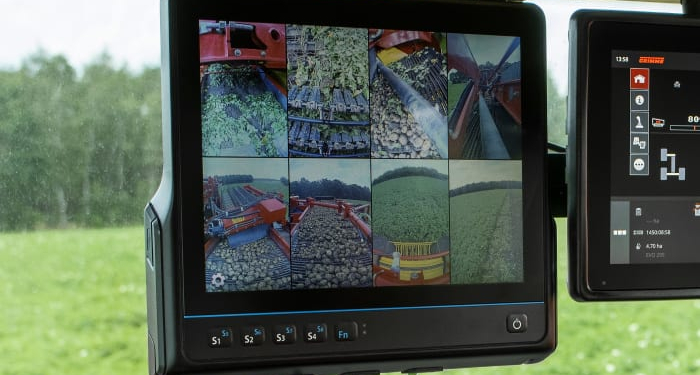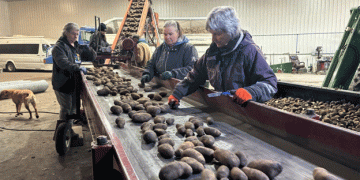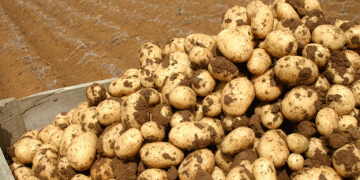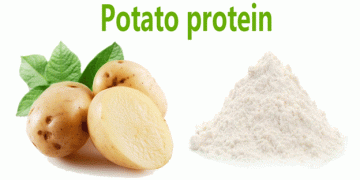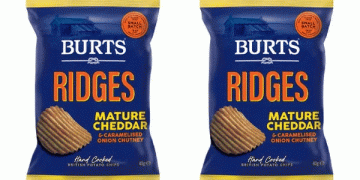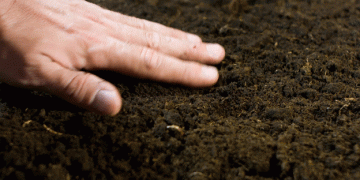One potato is not the other. And bigger is not always better, especially when it comes to seed potatoes. Precision technology is used to optimize yield, both in quality and quantity.
Researcher and arable farmer Koen van Boheemen is convinced that the seed potato can be followed in detail from plant to assembly line in the future. A first step is being taken within the POP3 project Precision technological development in Seed potatoes.
‘Although, it is actually not a first step. For example, GPS and drones are already being used, which also fall under precision technology, ‘says Van Boheemen. ‘All kinds of things are happening in the potato sector.’
Experiments very promising
Not surprising, because farmers are really eager for methods to optimize cultivation and most research and experiments are very promising. As a researcher at Wageningen University & Research (WUR), he works on topics including precision agriculture and robotics.
A project like this is made for him. Van Boheemen: ‘In fact, as a team we also worked on the proposal for this project. And yes, as a potato grower I naturally have a lot of affinity with this subject. ‘
Size potatoes
The potatoes with a size between 28 and 55 millimeters yield the most. In the most ideal situation, precision technology leads to cultivation measures such that as many potatoes as possible end up in the dearly paid size class. But we are not there yet.

Van Boheemen: ‘Within this project we are working on a detection model that scans the potatoes using computer vision camera techniques. The accompanying camera hangs above the last conveyor belt of the harvester. The potatoes are then the cleanest, so the easiest to scan. ‘
Separate recognition
The aim is that the model recognizes each potato individually and provides information about it. ‘Look, the weight is currently being measured on the harvester to determine the yield. But it is precisely the size of each potato individually, ‘says Van Boheemen.
‘And we would prefer the device to finally recognize even more things, such as clods that have been left behind or damaged potatoes or potatoes with scab. If we are able to visualize each potato separately, then we can look at the sequel. ‘
Measures to optimize harvest
Measuring is one thing, anticipating the result is another. ‘That’s the way it is,’ explains Van Boheemen. ‘If we know how the sizes are distributed, we can also look for measures that can further optimize the harvest.’
‘You can think of adjustments to the fertilization or the moment the plant is killed, so that the growth of the potato stops – just in time. The trick would be to let the smallest potatoes grow to 28 millimeters and at the same time let the larger ones not exceed 55 millimeters. ‘
First measurement in 2019
The first measurement took place within the project in 2019. With a test set-up, information was collected about the net yield, the number and dimensions. Now that the 2020 harvest has been completed, the test model can be applied to the latest batch of seed potatoes.
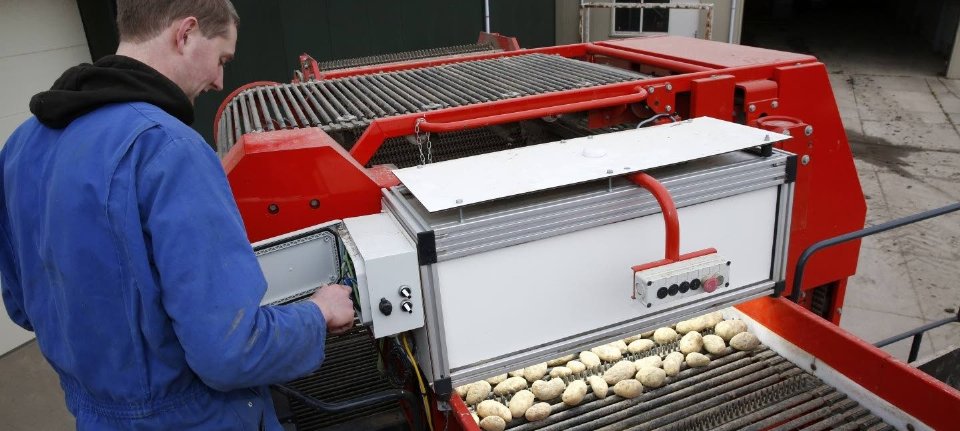
‘Making a detection model is easy to do; further refining is more difficult. We see that the model is quite sensitive to differences per harvest year. That is why we would like to continue with the project in 2021 ‘, says Van Boheemen.
Delay on the line
An extension has now been granted, partly because there was some delay on the line at the start of the project. Instead of a first measurement in 2018, it became 2019. ‘With measurement data from three years, we just go a lot further and can build a much more reliable model.’
The ‘Precision technological development in Seed potatoes (POP3)’ project was partly realized thanks to a contribution from the province of Noord-Holland and the European Agricultural Fund for Rural Development: ‘Europe invests in its countryside’. Two other arable farmers, Amsterdam Green Campus, Aeres, UvA and WUR are also participating in the project.
